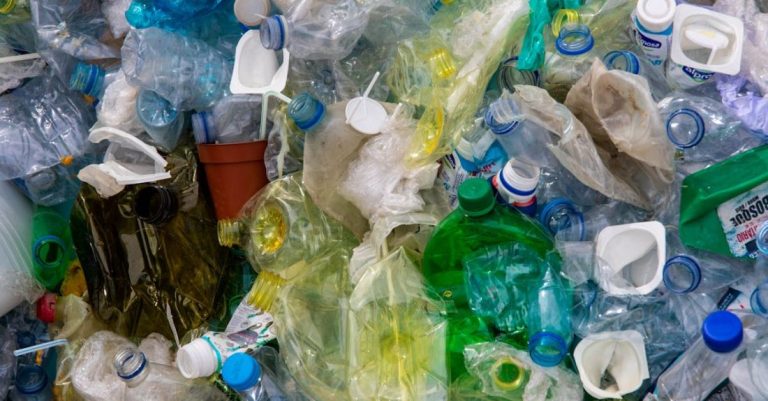
In today’s world, where environmental concerns are at the forefront of global discussions, the concept of upcycling has gained significant traction as a sustainable solution to waste reduction. Upcycling, often compared to recycling, involves repurposing discarded materials or products into new items of higher value or quality. This innovative approach not only reduces the amount of waste sent to landfills but also offers a range of benefits that extend beyond environmental impact. Let’s delve into the various advantages of upcycling and explore why this practice is gaining popularity among individuals and businesses alike.
### Creativity and Innovation
Upcycling encourages creativity and innovation by challenging individuals to think outside the box and reimagine the potential of everyday items. By transforming discarded materials into unique and functional pieces, upcyclers showcase their artistic skills and ingenuity. The process of upcycling often involves problem-solving and experimentation, leading to the creation of one-of-a-kind products that stand out for their originality and aesthetic appeal.
### Environmental Conservation
One of the primary benefits of upcycling is its positive impact on the environment. By giving new life to old or unwanted items, upcycling reduces the demand for new raw materials, energy, and resources that would be required to manufacture brand-new products. This, in turn, helps lower carbon emissions, conserve natural resources, and decrease the amount of waste ending up in landfills. Upcycling plays a crucial role in the circular economy by promoting a more sustainable and efficient use of resources.
### Economic Benefits
Upcycling can also offer economic benefits to individuals and businesses. By repurposing existing materials, upcyclers can save money on purchasing new supplies or products. Additionally, upcycled items often have a higher perceived value due to their unique nature, which can translate into increased sales and profitability for businesses that incorporate upcycled goods into their offerings. Moreover, upcycling can create new revenue streams through the sale of upcycled products or services, contributing to economic growth and job creation.
### Social Impact
Beyond environmental and economic benefits, upcycling can have a positive social impact by fostering community engagement, promoting skill development, and supporting local artisans and craftsmen. Upcycling workshops and initiatives provide opportunities for individuals to learn new skills, collaborate with others, and contribute to meaningful projects that benefit the community. By encouraging a culture of creativity and resourcefulness, upcycling empowers individuals to make a difference in their own lives and the world around them.
### Emotional Connection
Upcycled items often carry a sense of history and nostalgia, evoking emotions and memories that add depth and meaning to the products. Whether it’s a piece of furniture made from reclaimed wood or jewelry crafted from upcycled materials, these items have a story to tell, connecting people to the past and inspiring conversations about sustainability and conscious consumption. The emotional connection fostered by upcycled goods can create lasting impressions and strengthen relationships between consumers and the products they cherish.
### Conclusion: The Power of Upcycling
In conclusion, upcycling offers a multitude of benefits that extend beyond waste reduction and resource conservation. From promoting creativity and innovation to supporting environmental sustainability and economic growth, upcycling has the power to transform the way we think about consumption and production. By embracing the principles of upcycling and incorporating them into our daily lives, we can contribute to a more sustainable future for generations to come. Let’s harness the potential of upcycling to create a world where waste is minimized, resources are valued, and creativity knows no bounds.





